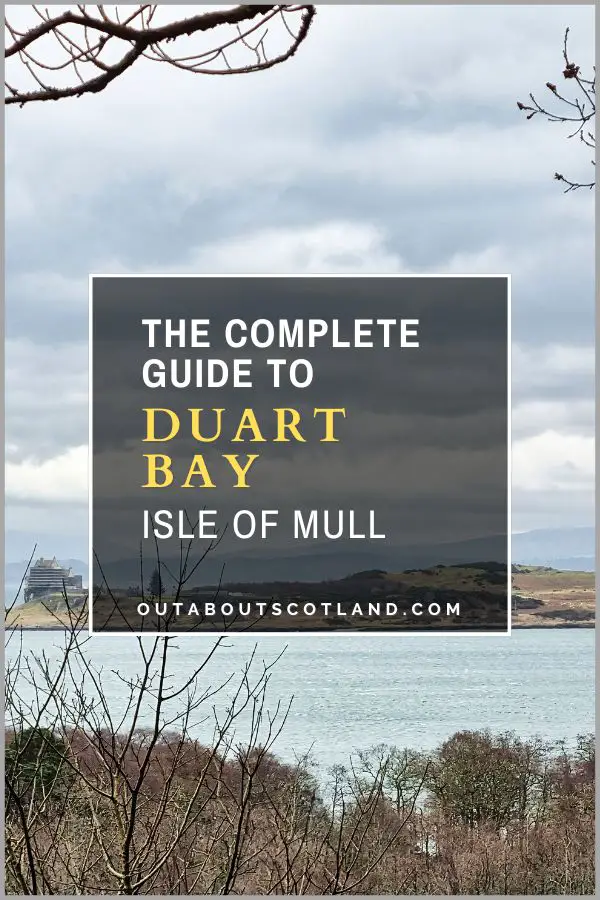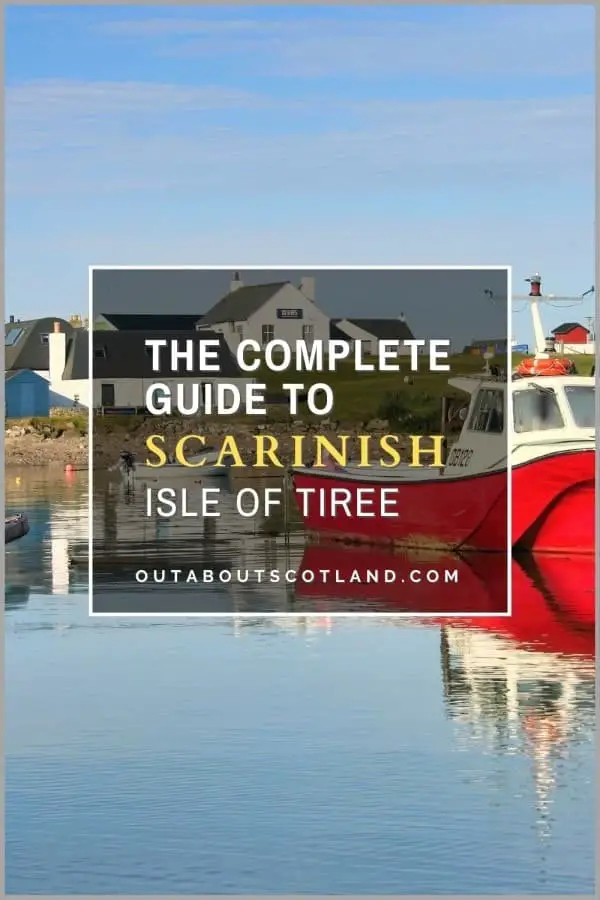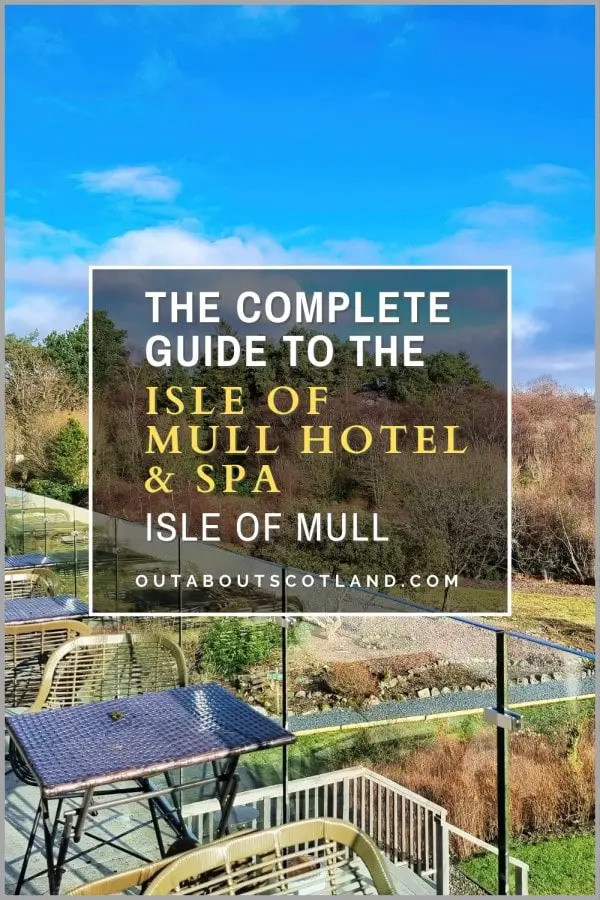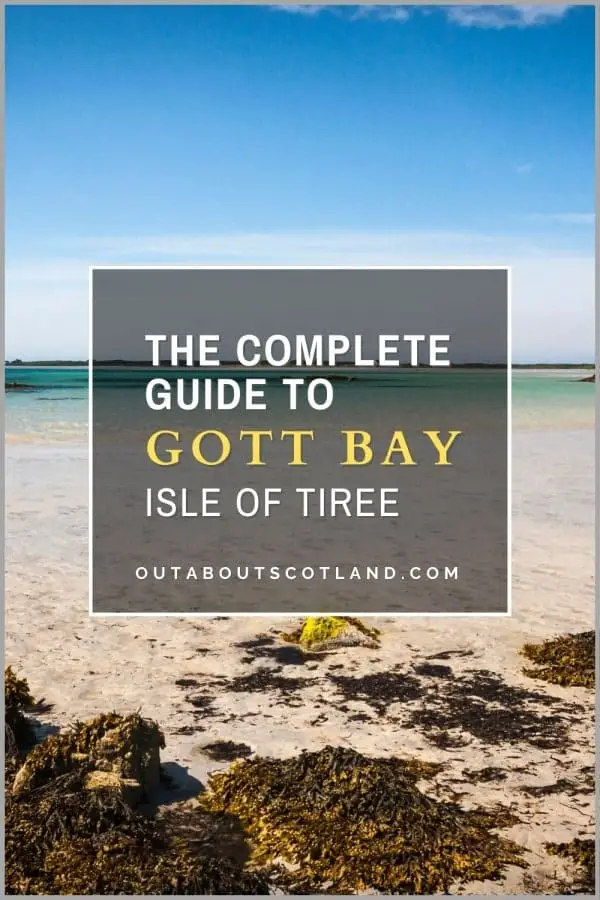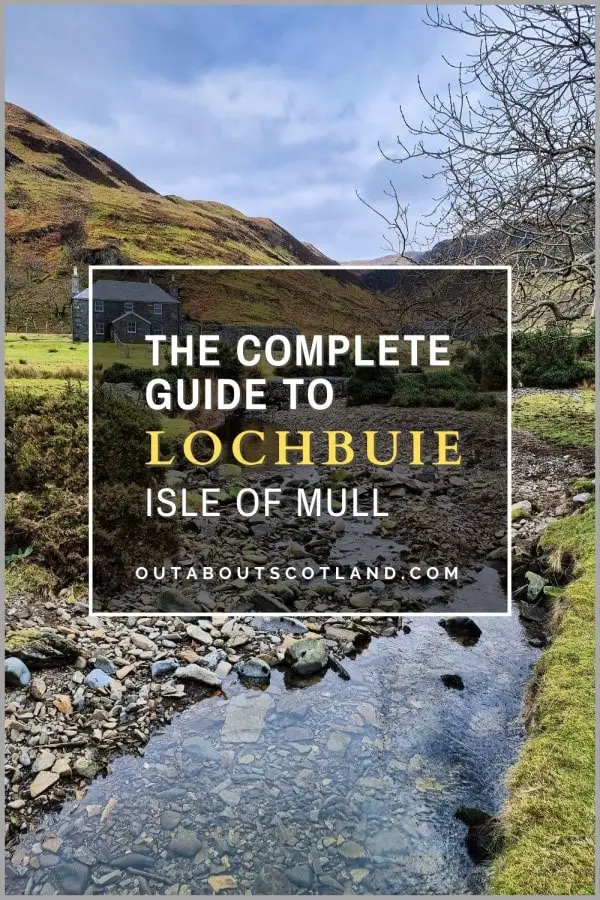The Isle of Lunga lies west of Mull and east of Tiree in Scotland’s Inner Hebrides. This remote volcanic island is the largest of the Treshnish Isles, but even so, it’s only 81 hectares in size. Lunga has been designated as a Site of Special Scientific Interest due to the vast numbers of birds and marine animals that thrive there, some of which are endangered.
Visitors can explore Lunga as part of an organized tour to see the island’s famous colonies of puffins, as well as thousands of pairs of breeding seabirds, seals, and rare plants.
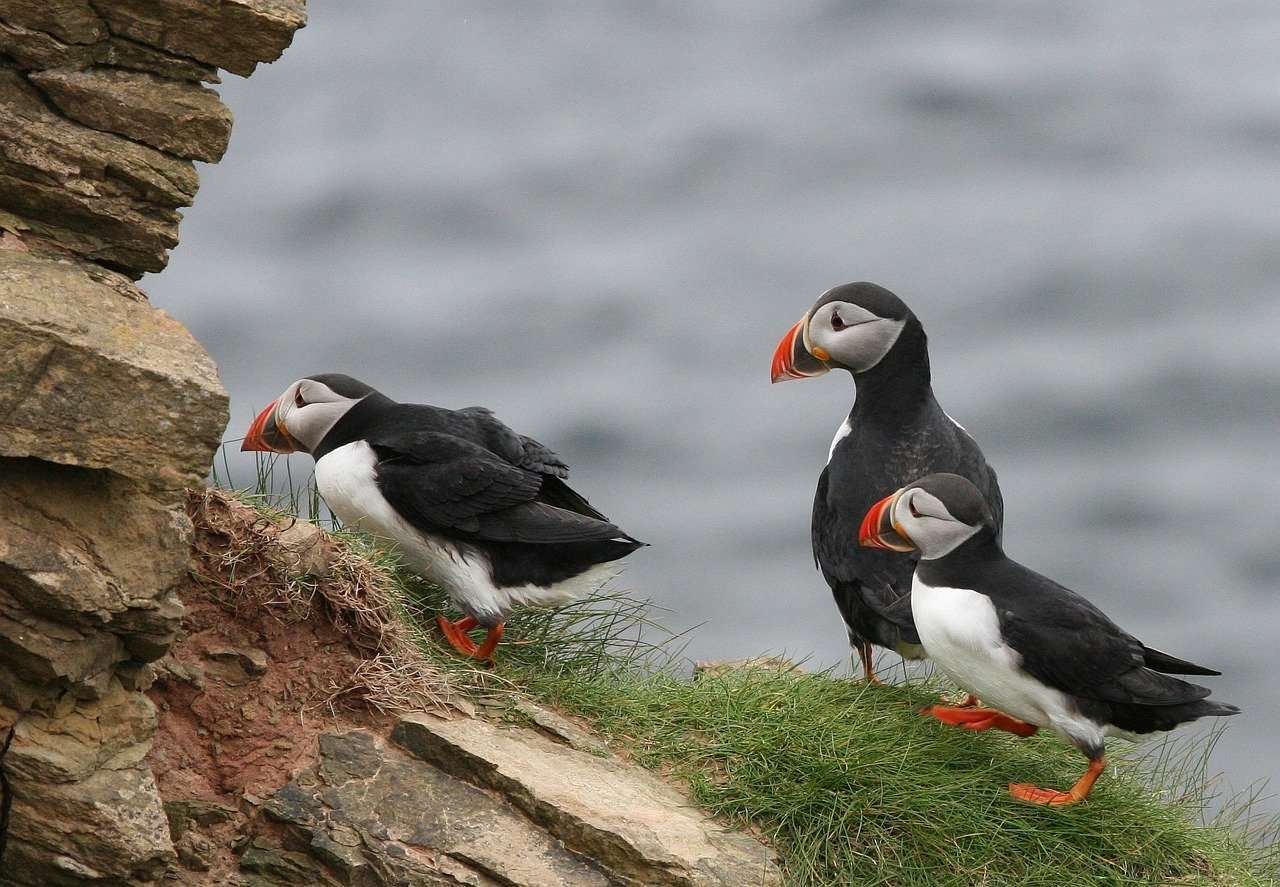
Overview
The Isle of Lunga probably isn’t at the top of most people’s’must-visit’ lists, but it’s a destination that’s an absolute gem for anyone who loves nature and experiencing Scotland’s wildest and remotest places. The island is part of the tiny Treshnish Isles archipelago, located roughly 12 miles east of Tiree and 5 miles southwest of Mull on Scotland’s west coast.
Even though Lunga is the largest of the Treshnish Isles, the term ‘large’ has to be taken into context as it’s a mere 81 hectares in total size. The volcanic plug pokes its head above the rolling waves of the Hebridean seas with a series of stark rock outcrops that form sheer-sided cliffs, the tops of which level off to flat plateaus that are thick with tough wild grasses and delicate flowers.
It’s an extremely pretty place, and it’s one that would be a perfect escape from the hustle and bustle of modern life were it not for its famously noisy inhabitants. Those inhabitants are, of course, the thousands of breeding pairs of puffins that have led to Lunga gaining fame as one of the best places in Scotland for birdwatching.
Stepping foot onto the island is a real assault on the senses, thanks to the raucous calls of the puffins as they dive into the sea looking for their next meal, surrounded by the peeps, caws, and trills of countless petrels, razorbills, guillemots, and kittiwakes.
Meanwhile, the foot of the cliffs resounds with the deep grunts of grey seals, and the surrounding waters harbour glimpses of basking sharks, dolphins, and even (very occasionally) minke whales. To say Lunga is a good place to go for wildlife spotting is something of an understatement.
That being said, tourists expecting every modern convenience on this windswept island will find themselves rather disappointed, as Lunga has absolutely no facilities and visitors are limited to just two hours on the island to limit disturbance to the wildlife.
As a designated Site of Special Scientific Interest, overnight stays are not allowed, and visits for the majority of people are only possible via guided tours by one of the officially licenced operators that sail to and from the neighbouring isles of Mull and Tiree.
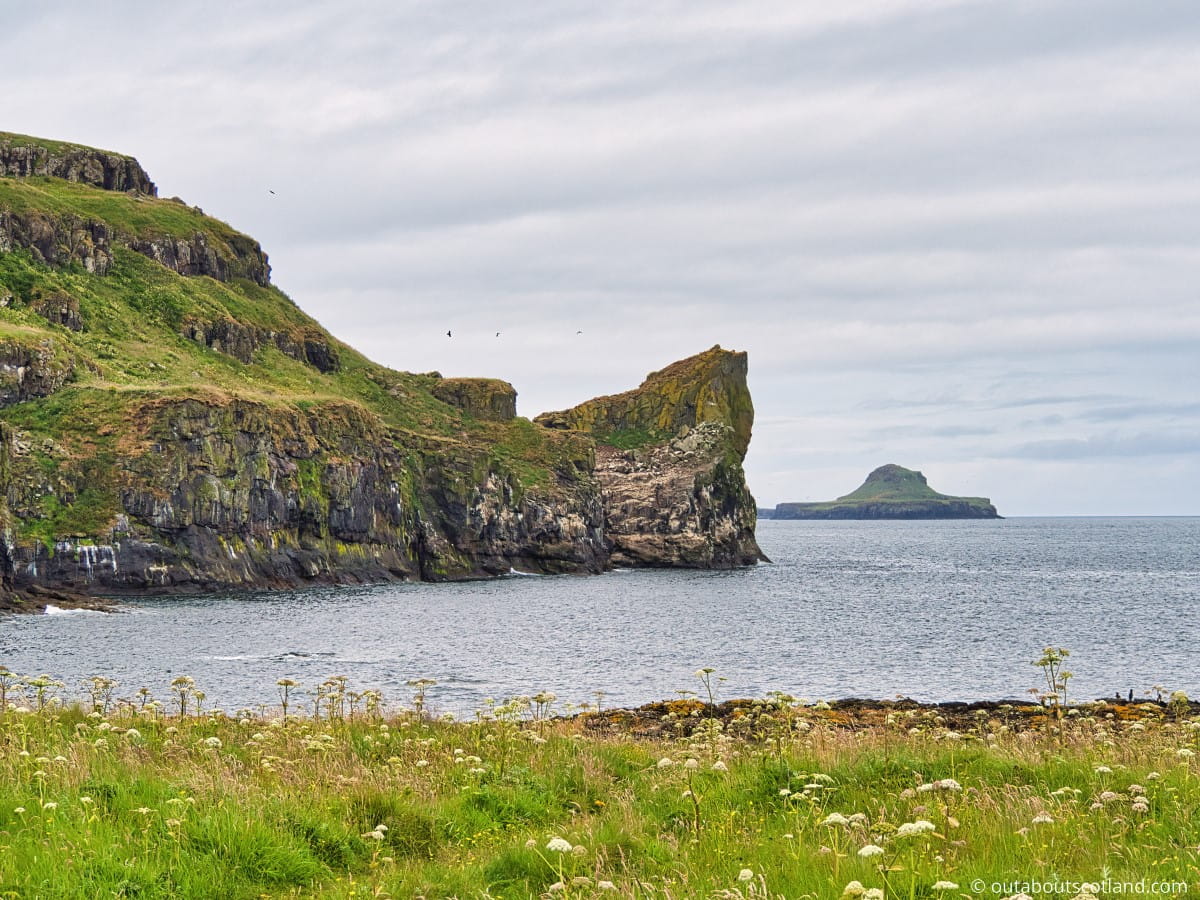
The Highlights
1: The main highlight, of course, has to be the wee puffins. These energetic and impossibly cute birds are a real pleasure to watch as they continually fly in and out of their burrows, their beaks filled to the brim with their catches of fish. I’ve been on a few puffin-spotting expeditions in Scotland, and I can confidently say that Lunga is, by far, the best place to see these amazing birds.
2: Although the puffins on Lunga are the highlight of any visit, the island is a fantastic tourist attraction in its own right. There are breathtaking views across the Treshnish Isles, which makes Lunga an island where you absolutely have to take binoculars to make the most of it. If you don’t already have a pair, check out these recommended budget binoculars from Amazon.
3: Taking an Isle of Lunga tour from Tiree is highly recommended. On the way, there’s every chance you’ll get to see some of Scotland’s famous marine wildlife including seals, basking sharks, and even whales.
Visiting Tips
1: There are absolutely no facilities on Lunga, so bear that in mind if you think you might need the toilet. It’s also quite a long day without having anywhere to get snacks, so taking your own food and bottles of water is a necessity. If you don’t already have a backpack, take a look at these top-rated ones from Amazon: recommended lightweight backpacks.
2: The boat ride can be quite bumpy (this is Scotland after all), so if you get seasick, it would be a good idea to take anti-seasickness tablets like Stugeron-15 or Kwells (available from most chemists) before departing. That being said, if you join a tour that uses a RIB, you’ll find sickness is reduced due to it being low in the water. The downside, though, is that you’re guaranteed to get soaked in sea spray.
3: Puffins spend their time on land from late March to early August, but they can and often will change their plans regardless of when you book your trip. Having previously done a Treshnish Isles wildlife tour myself, only to find the puffins had already departed, I strongly suggest booking as close to the middle of the puffin-spotting season as possible, i.e., May to July.
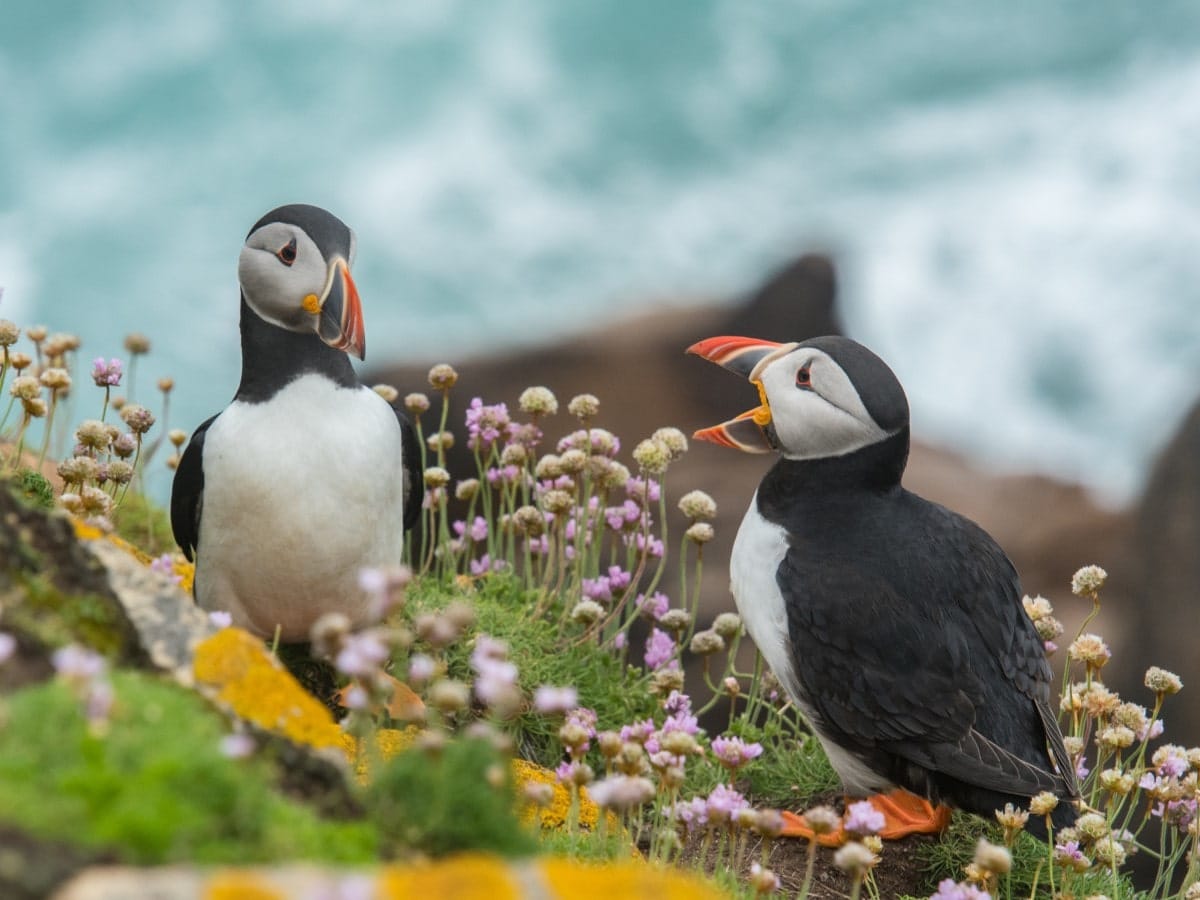
Tourist Information
On my last visit to Lunga, I sailed from Tiree on a RIB (rigid inflatable boat) courtesy of the excellent Tiree Sea Tours who assured me that due to it being a low-lying craft, it would be less prone to inducing sea sickness than other types of boats. Even so, by the time I arrived on the rocky shoreline, I was very close to losing my breakfast, and I’m one of those lucky few that usually has a cast iron stomach.
Before setting off from Scarinish Pier on Tiree, the RIB skipper gave us all life jackets, a wee safety brief, and then instructed our small group to clamber aboard and grab the handrails before slowly chugging out of the harbour.
Once out on the open water, the throttle was opened, and we were off like the proverbial rocket, backsides rhythmically thumping off each seat and a near-constant spray of water blowing into our faces. I make this point as even though it’s great fun, you will get a good soaking, and I was glad I had the foresight to wear a waterproof poncho over the top of my flimsy jacket.
The sail isn’t a long one at around 45 minutes, but a combination of seasickness and the cold sea air made it feel much longer. If you decide to visit Lunga yourself, take my advice and wrap up extra warm, take the best waterproof clothing you have, and gulp a couple of strong seasickness tablets before leaving home.
Once the ordeal was over our small group clambered up onto the volcanic rocks of the western edge of the island and made our way to the top of the low-lying cliffs that lay ahead.
We had been informed we’d only have around two hours on the island and I was worried there wouldn’t be enough time to see the puffins, but that thought quickly faded as soon as I reached the flat grass area on top of the cliffs.
Ahead were hundreds – hundreds – of chattering puffins, all noisily going about their business either swooping off the cliffs into the water below or warily watching the strange two-legged creatures that were heading in their direction from the solidified lava flows.
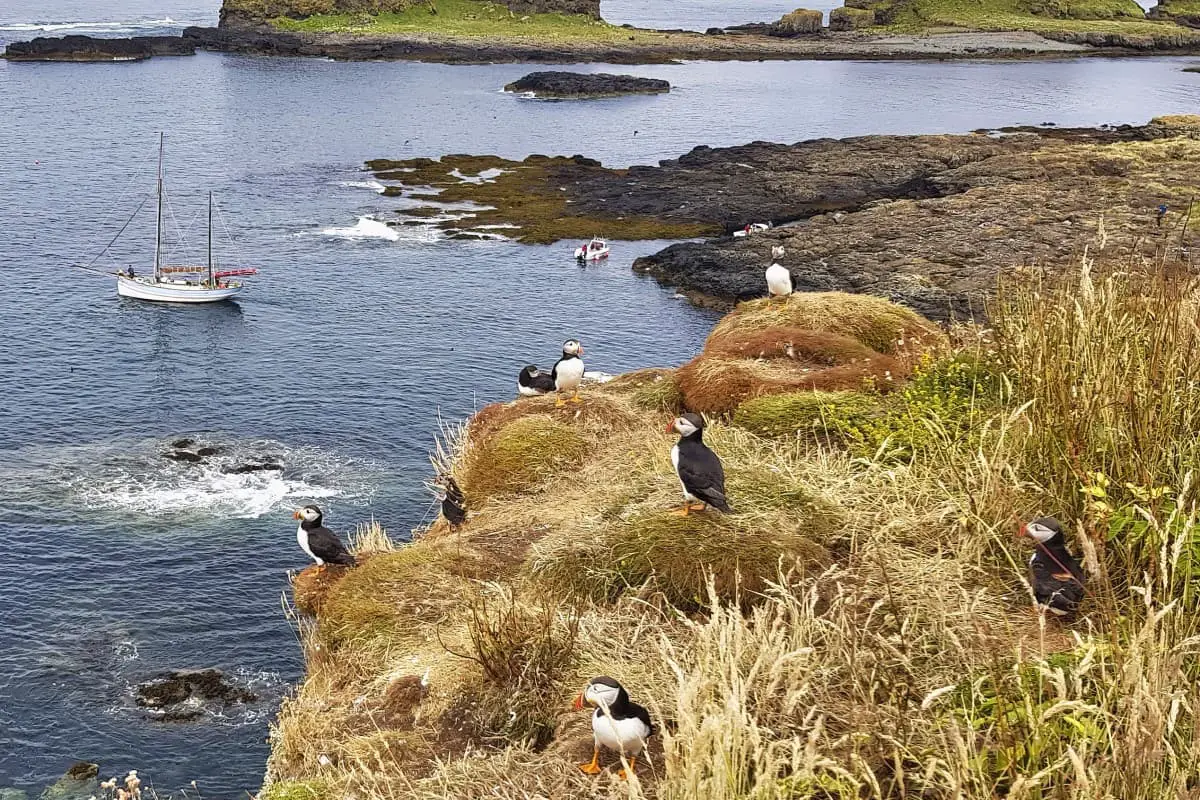
I’m not too sure what the puffins must think when they see people invade their wee island but they’re obviously not that bothered because they seemed quite content to stand their ground while watching us with evident curiosity.
I can’t think of another place in Scotland where wild animals let you get this close to them, and within a matter of minutes, each of our group was sat on the ground next to a puffin, fingers wildly prodding at camera buttons.
Visitors are advised not to get too close to the puffin burrows as the entrances easily collapse under the weight of humans, but as there are so many puffins waddling around the cliff tops it’s no problem to sit away from the burrows and still be close to the birds.
It didn’t take long before the puffins became uninterested in their new human friends and barely cast us a second look, leaving those of us with cameras to happily snap away while the binocular-wielding members of our troupe scanned the waters for the sight of puffins returning home with beaks full of sand eels and herring.
As fascinating as watching puffins is, time marches on and a two-hour ticking clock means there isn’t much time to explore the rest of the island.
The highest point of Lunga is Cruachan Hill, which rises 100 metres in the centre, but climbing it could mean delaying the boat for everyone else. There are rough paths leading to the top of Cruachan, but anyone attempting it will have to be mindful of the fact that it’s not really possible to watch the puffins, explore the north and south of the island, and climb the hill in less than two hours.
Instead, after sitting with the puffins I suggest walking a short distance north or south to view the rest of Lunga’s wildlife which includes over 6,000 birds, as well as soak up the breathtaking views of the Treshnish Isles.
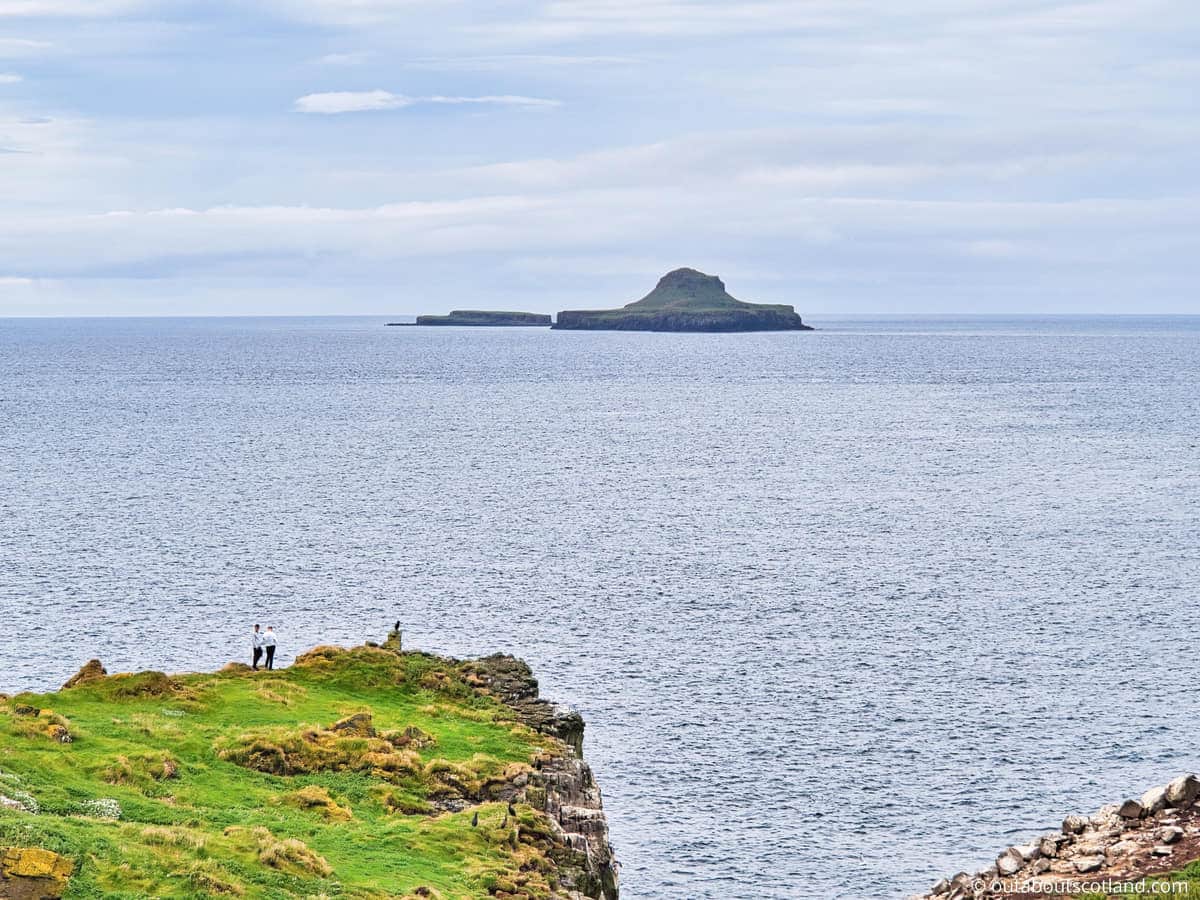
The northern end of Lunga features a wide and flat grass area that was once home to a permanent settlement of people, but this was abandoned in 1857, and all that remains are a few ruined walls. This part of the island is a favourite campsite for wildlife research teams, so it might not be possible to wander around it too much, but there’s a narrow path that skirts past the derelict houses, which allows access to a promontory where you’ll have the best views of the other islands.
Meanwhile, heading south takes visitors along the edges of steep cliffs that are passable for the able-bodied but would be next to impossible for people with a disability. The narrow footpath twists and turns its way along the coastline for around half a mile to the sea stack of Harp Rock before finishing at an open grass area that faces the southern half of Lunga.
The rest of Lunga appears tantalizingly close but there simply isn’t enough time to explore it, so instead, visitors have to be content with watching the seabirds perched around the clifftops and the sea stack.
There aren’t quite as many birds in this part of the island as there are to the north, but it seems to be favoured by more species (perhaps because they’re getting peace and quiet away from the noisy puffins) so keep your eyes open for razorbills, fulmar, great skua, and in winter, barnacle geese.
Time on Lunga is all too short-lived, and if you’re anything like me, you’ll find yourself trudging back to the RIB, longing to have been able to walk around more of the island.
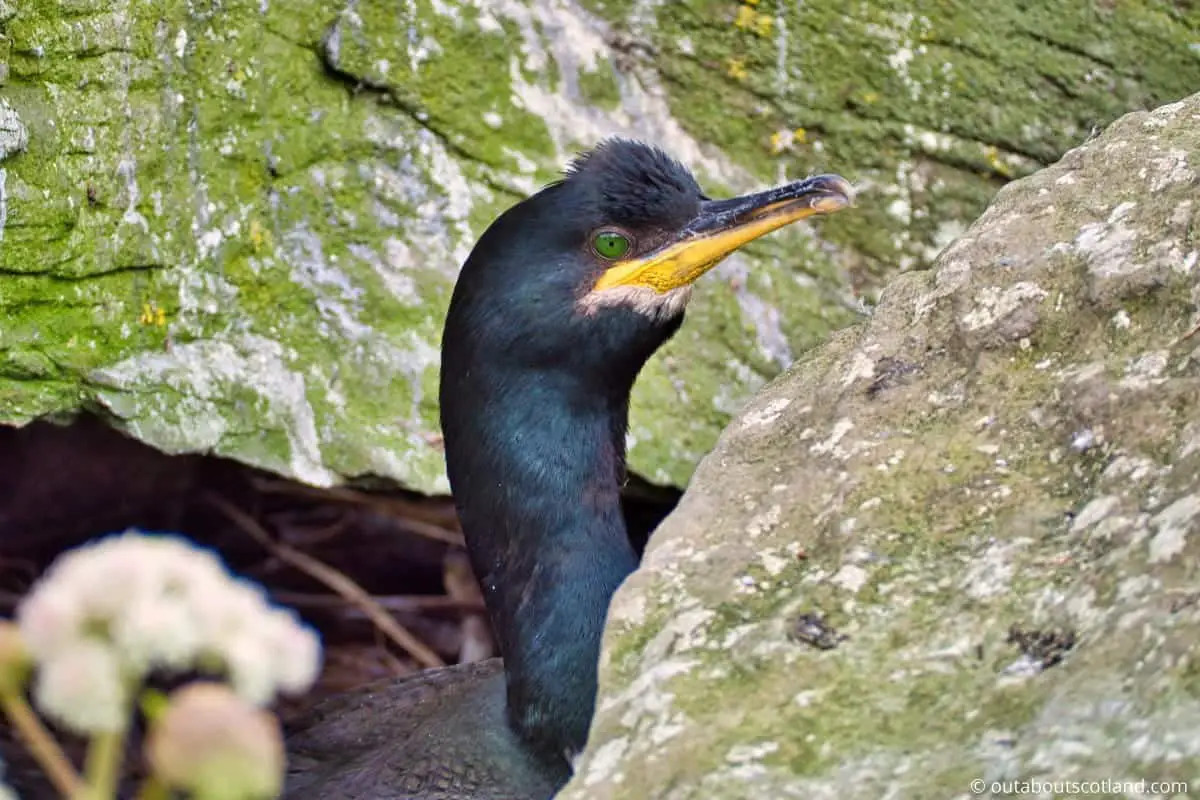
Things to Do
Puffin Watching: Lunga is renowned for its large puffin colonies which live in countless burrows along the island’s clifftops. Visitors can get up close with these adorable seabirds and watch them fish in the waters surrounding the island. Binoculars (link to binocular reviews) are essential for your visit to Lunga.
Island Exploration: The rugged beauty of Lunga can only be explored on foot. Hike along its coastline and discover the island’s unique flora and fauna while soaking in the breathtaking views of the surrounding seascape.
Spot Seals: Lunga is designated a Site of Special Scientific Interest due to the amount of wildlife that lives on it, including large colonies of grey seals which inhabit the waters around the island. Keep an eye on the Harp Rock – a sea stack at the southern end of the island – and you might see them basking in the sun.
Historical Adventure: Explore the ruins of blackhouses that were abandoned in the 19th century. The remains of the ruined village can be found in the northeastern part of the island.
Sunset Viewing: End your day by watching the sunset over the Atlantic from Lunga. The spectacular play of colours across the sky and sea offers an unforgettable experience.
Frequently Asked Questions
How to get to Lunga island
There is no public ferry to the Isle of Lunga. Private craft can land but are discouraged from doing so to prevent disturbance to the nature reserve. Guided tours are available from Tiree via Tiree Sea Tours. Travelling from the Isle of Mull to Lunga is possible with Turus Mara.
How much does it cost to visit the Isle of Lunga?
Expect to pay around £60-70 for a half-day Lunga sightseeing cruise which includes a return boat ride from Mull or Tiree and around two hours on the island. Food and drinks are not included.
When can you see puffins on Lunga?
The best time to see the famous Isle of Lunga puffins is between April and mid-August, which is their breeding season.
The puffin colony on Lunga comprises approximately 4,500 birds during those months.
Do people live on Lunga?
There are no people permanently living on Lunga. However, there are also temporary campsites that researchers use.
A remnant of an abandoned settlement can be found on the western edge of the island, and elsewhere there are remains of a hill fort and a mediaeval chapel. In 1800, the population of Lunga was around 20, but these people left in the mid-1850s.
Are there toilets on Lunga?
There are no toilets on the Isle of Lunga.
Where is Lunga Island?
Lunga is a small island located in the Inner Hebrides of Scotland. It is situated 4.2 miles west of Mull and 11.7 miles east of Tiree.

